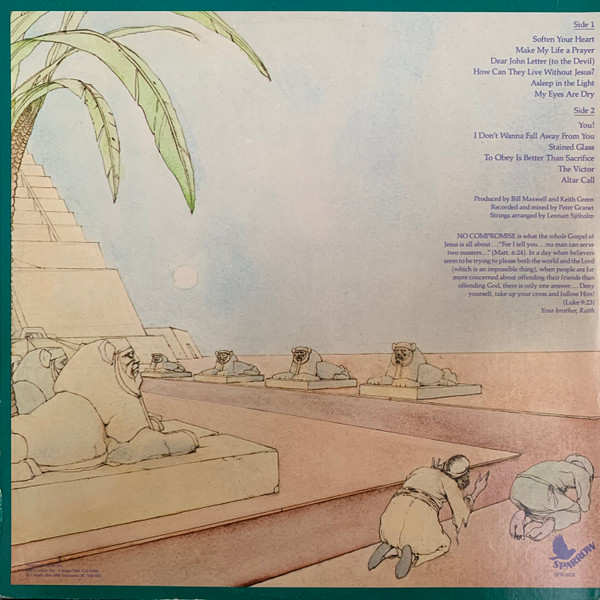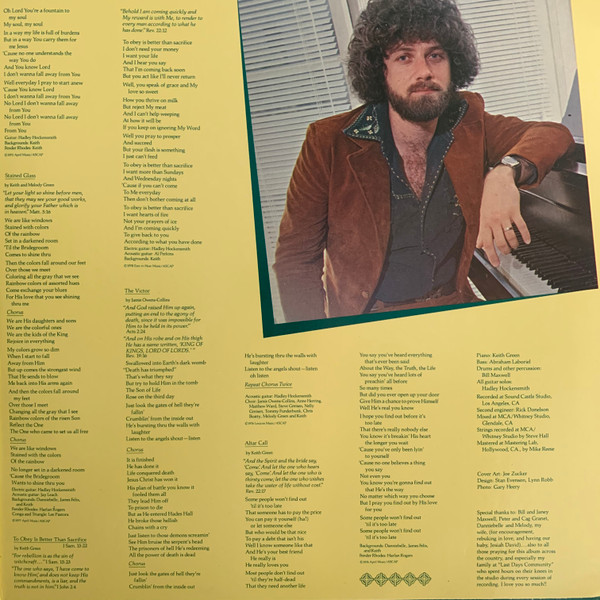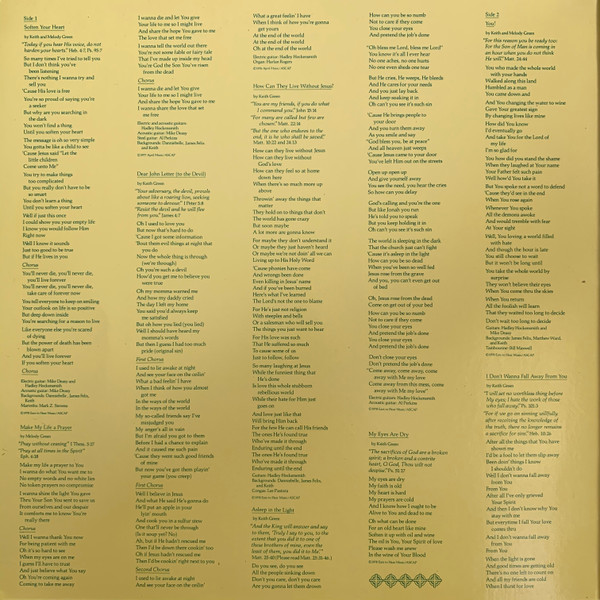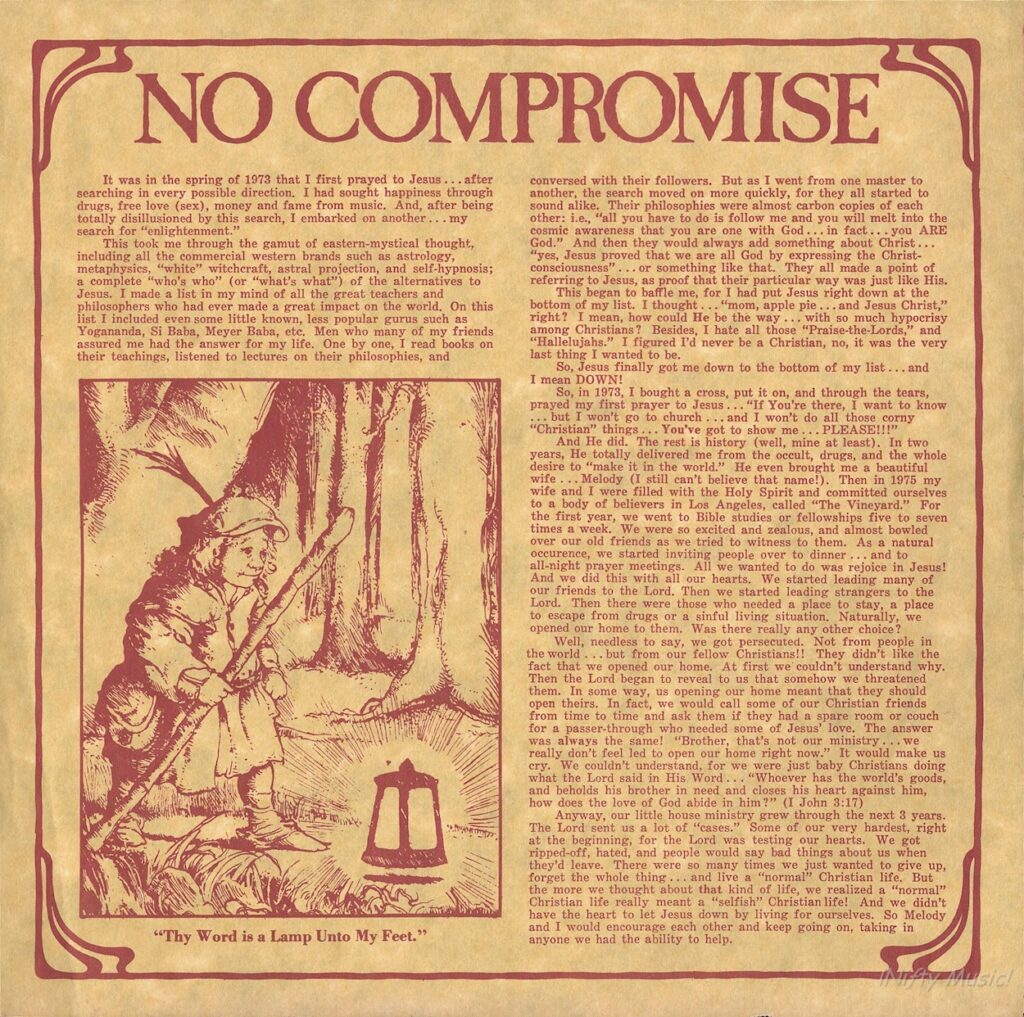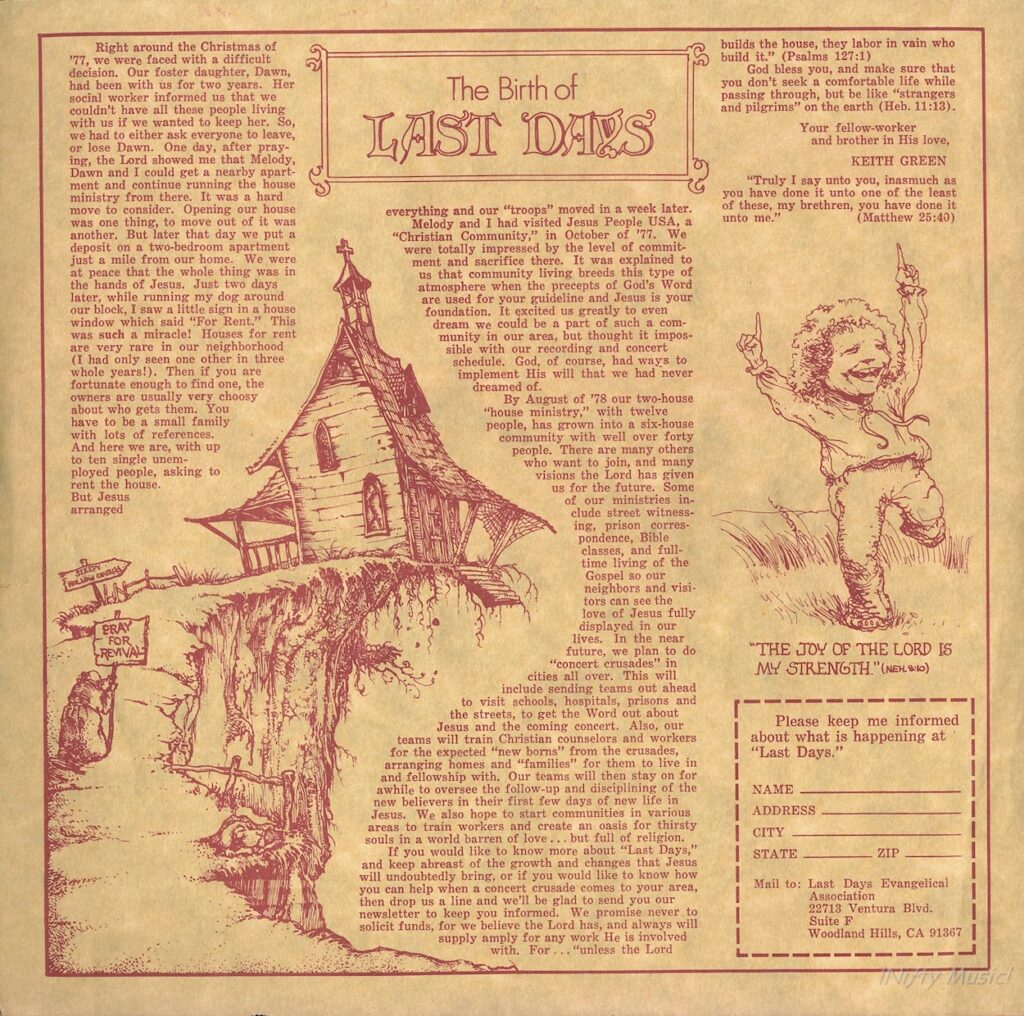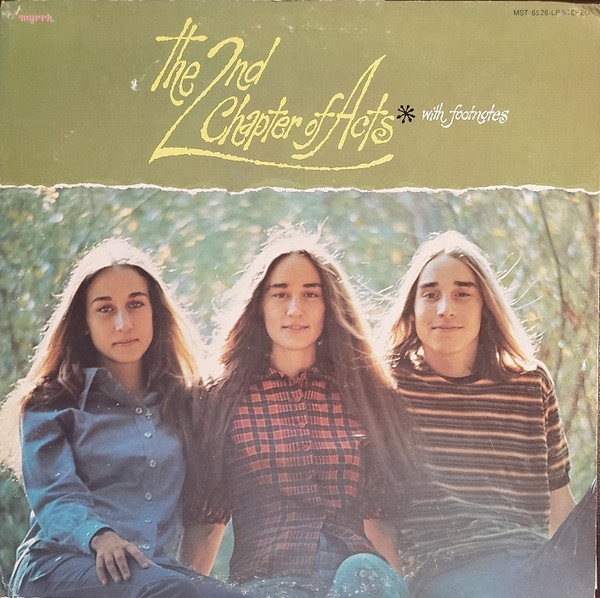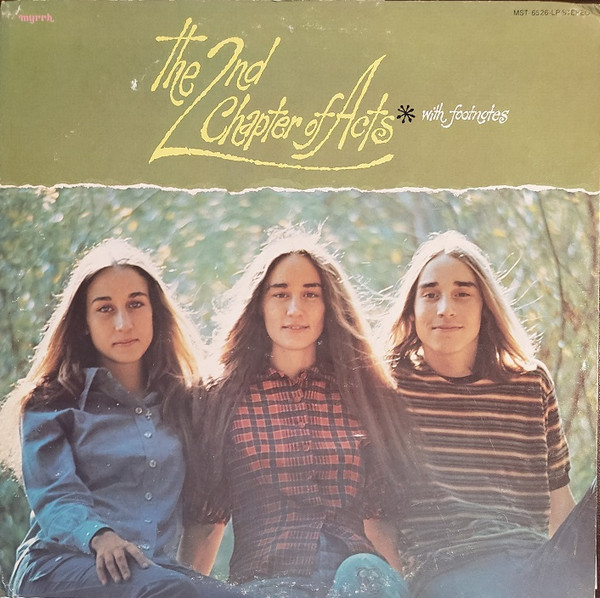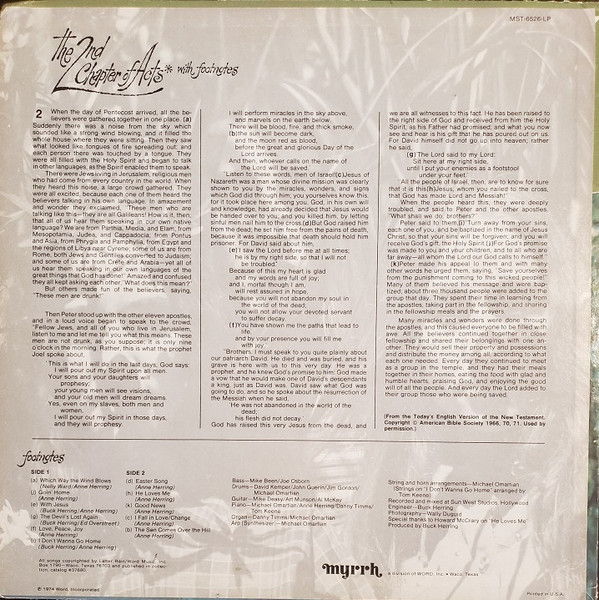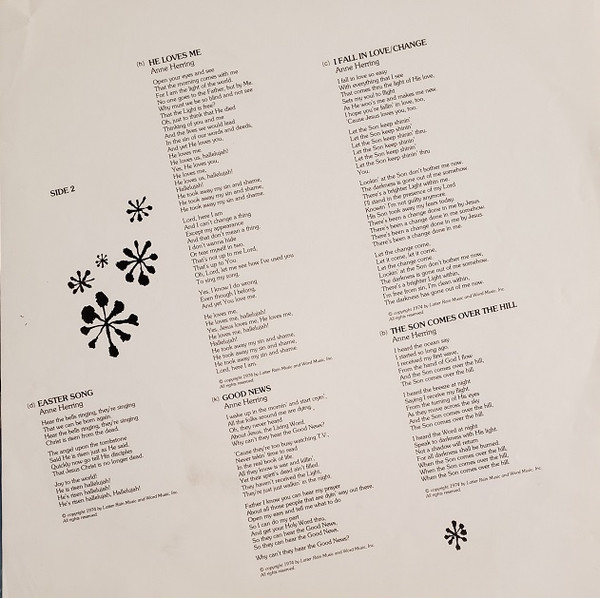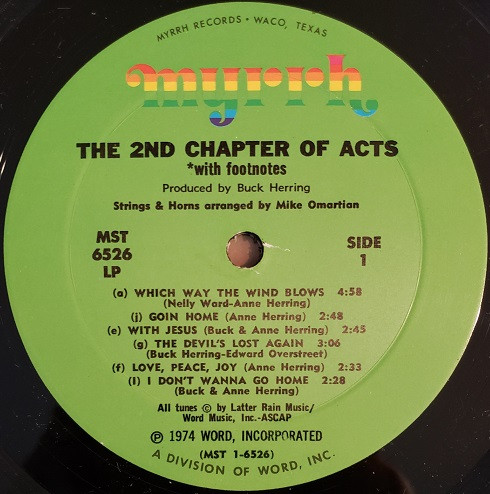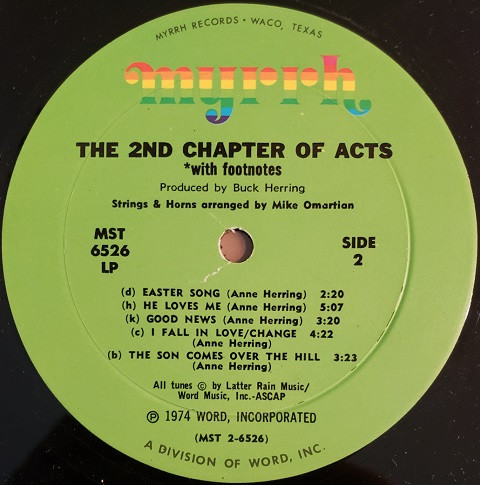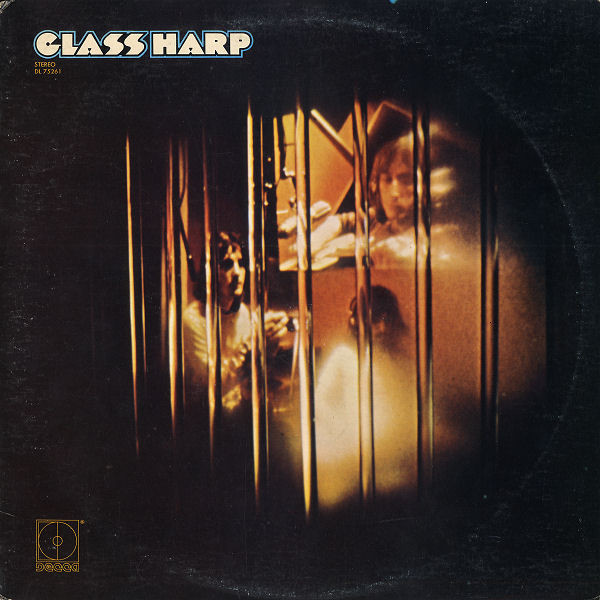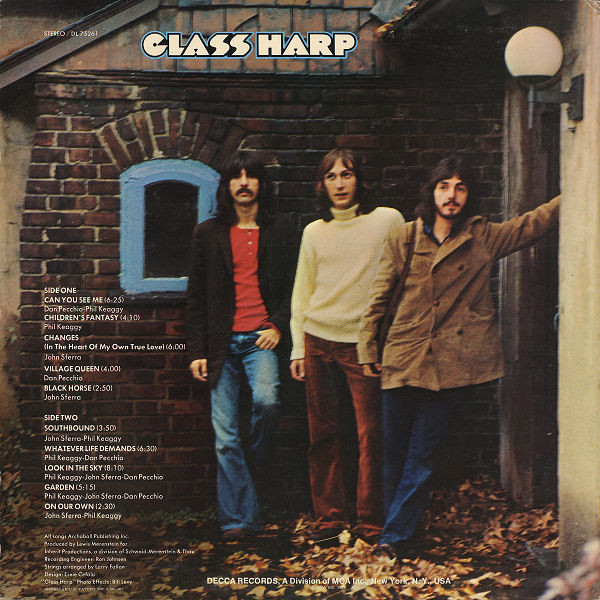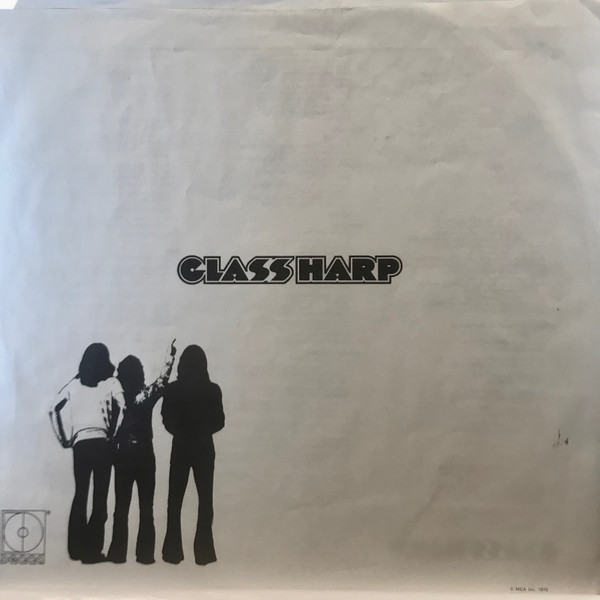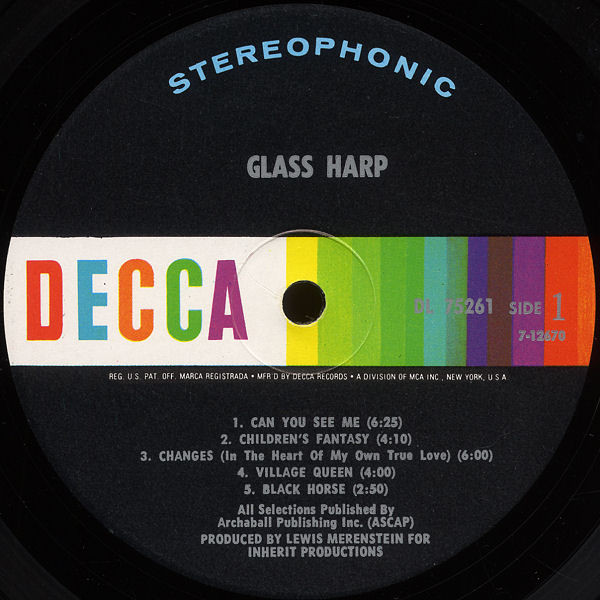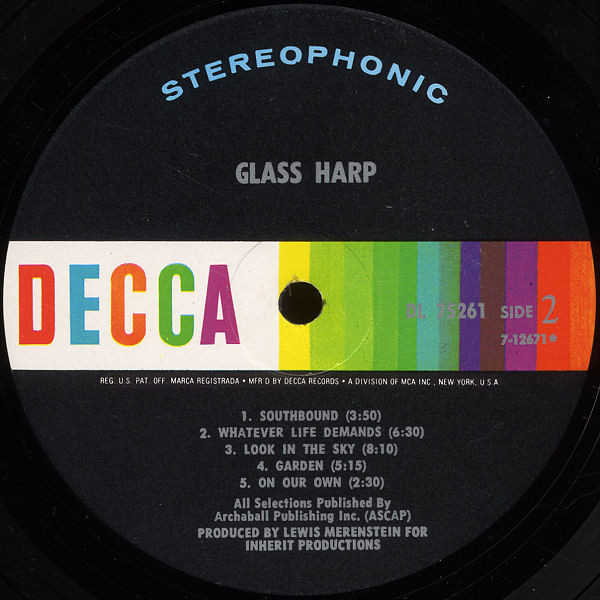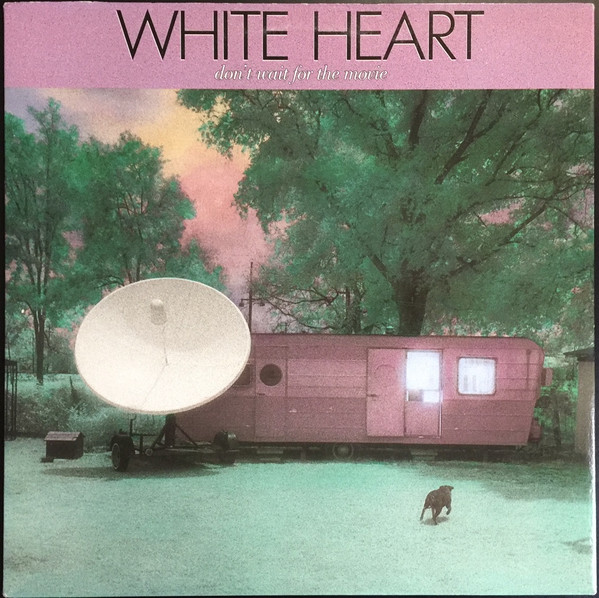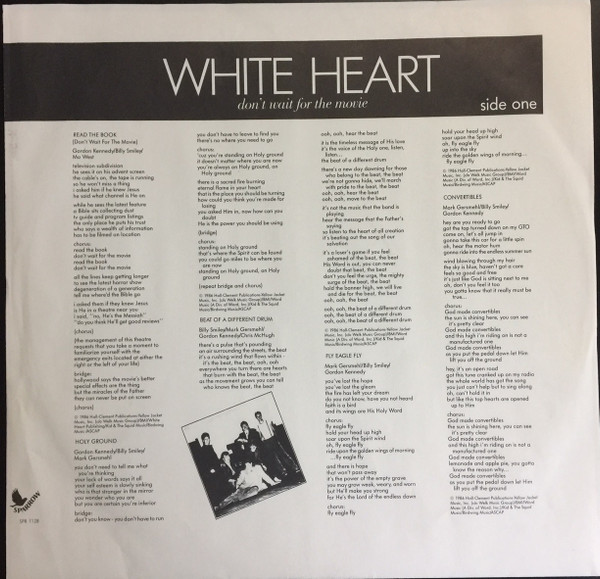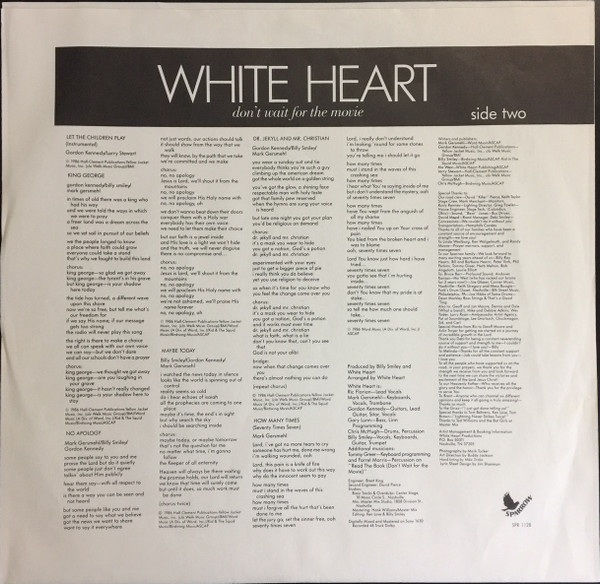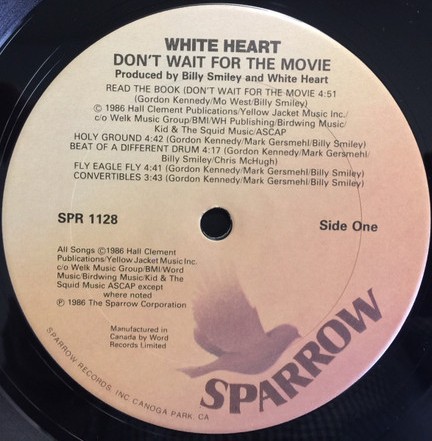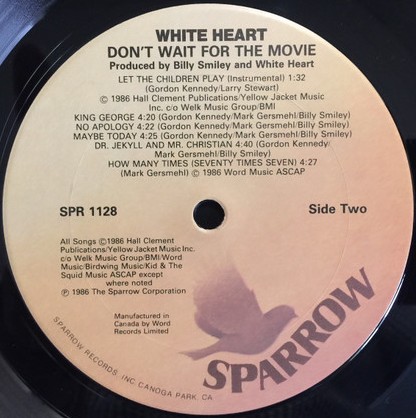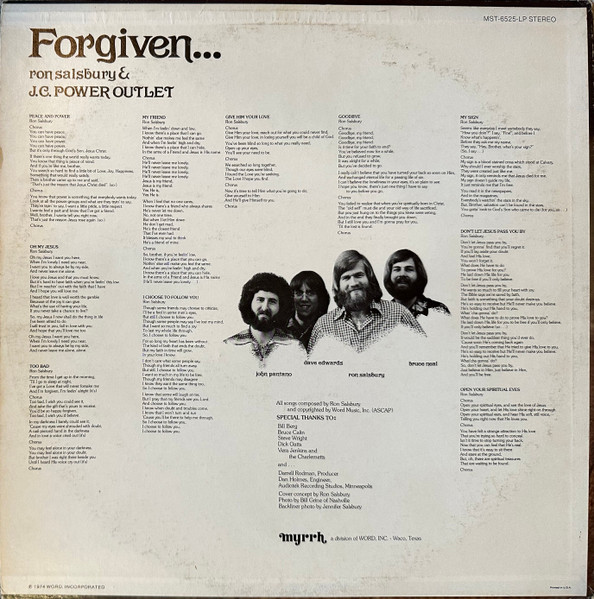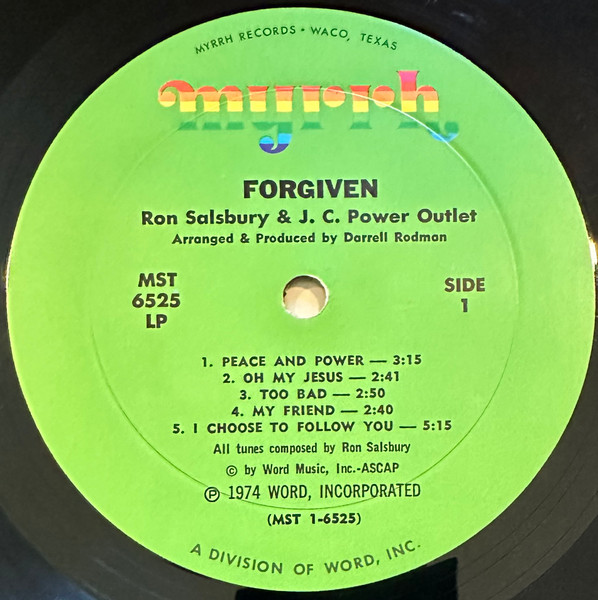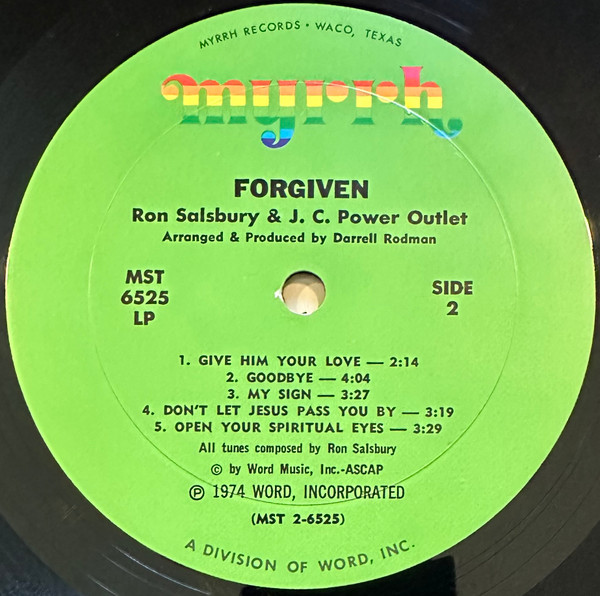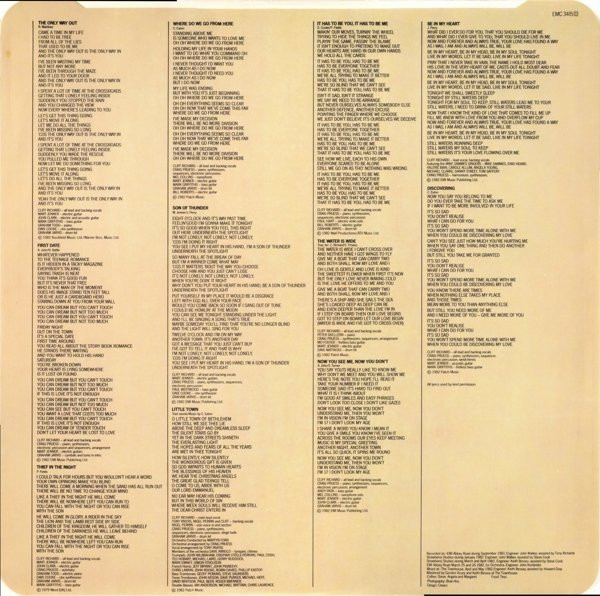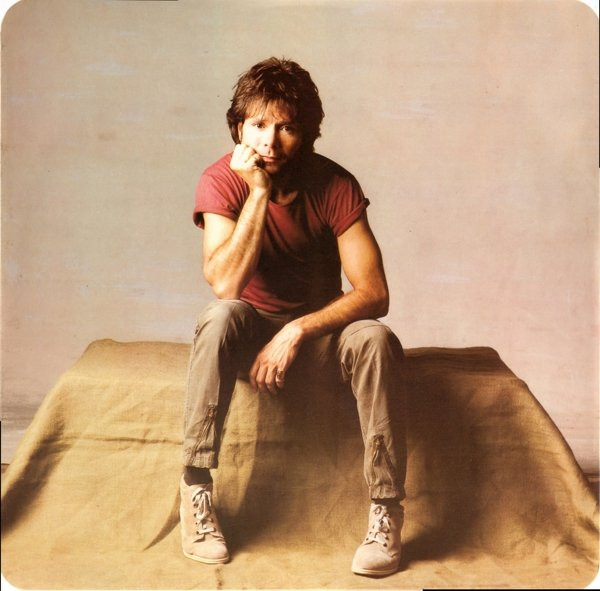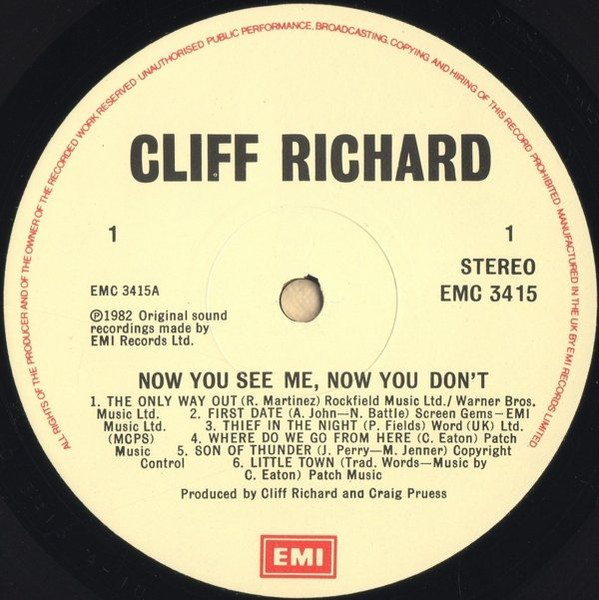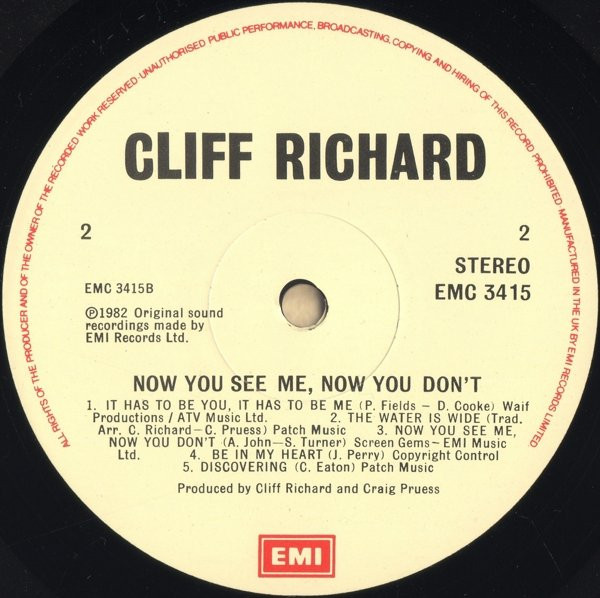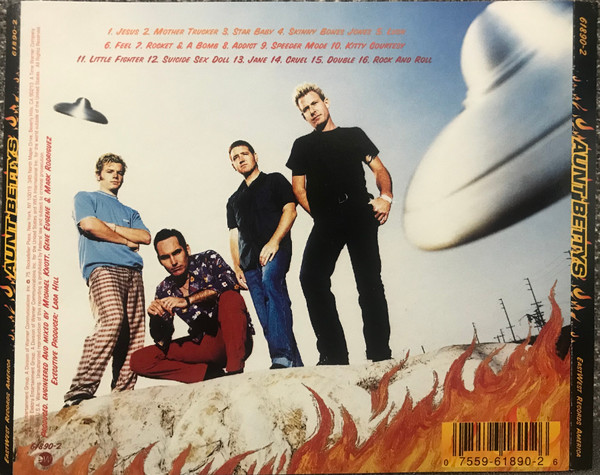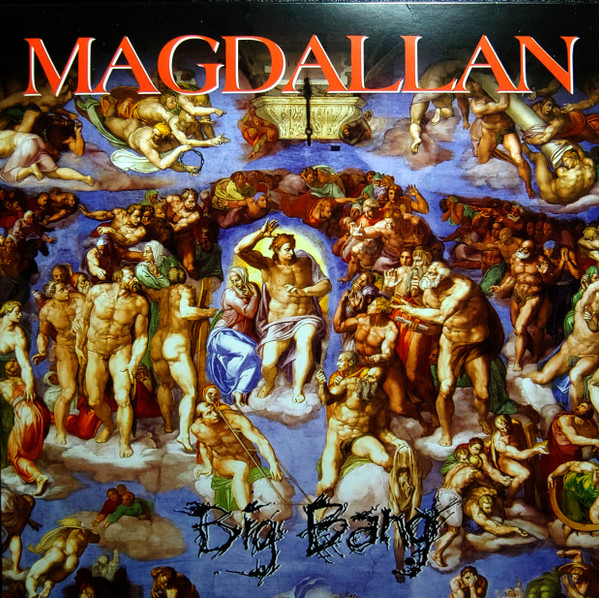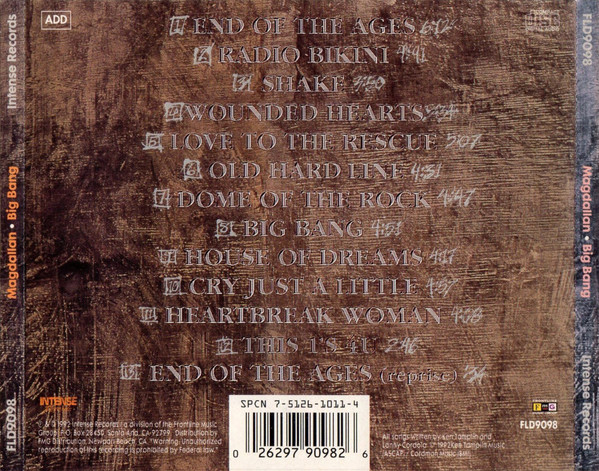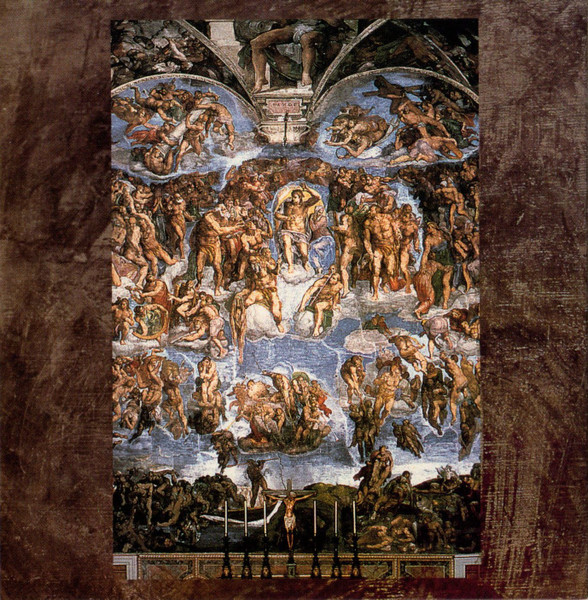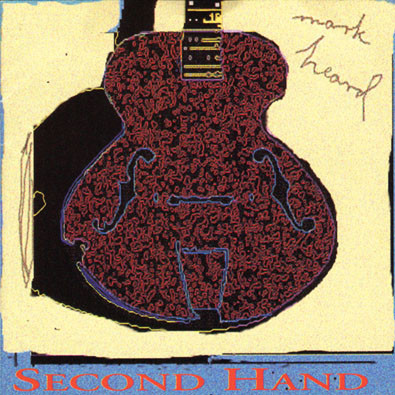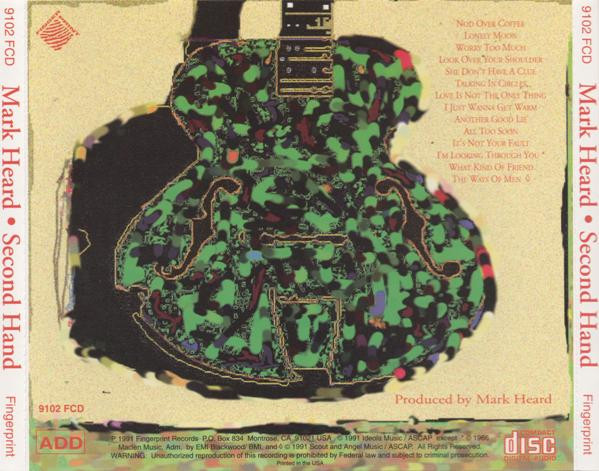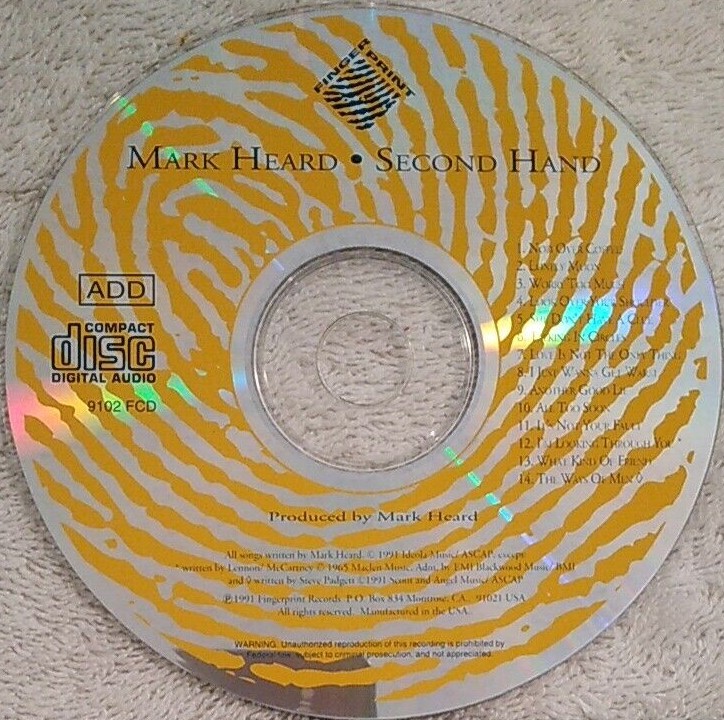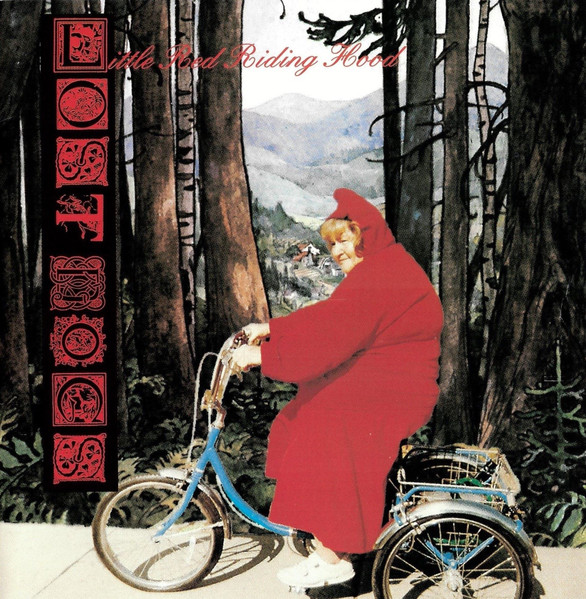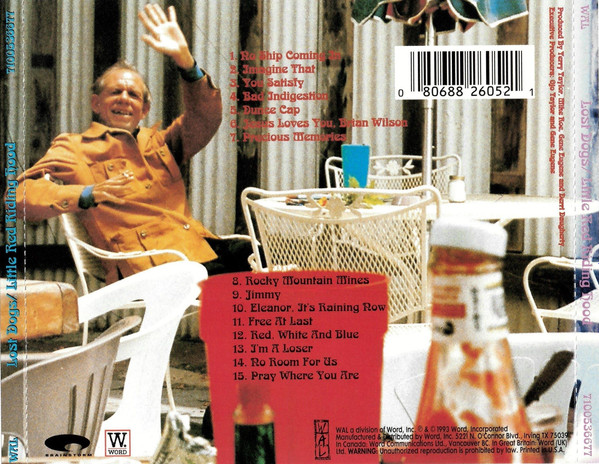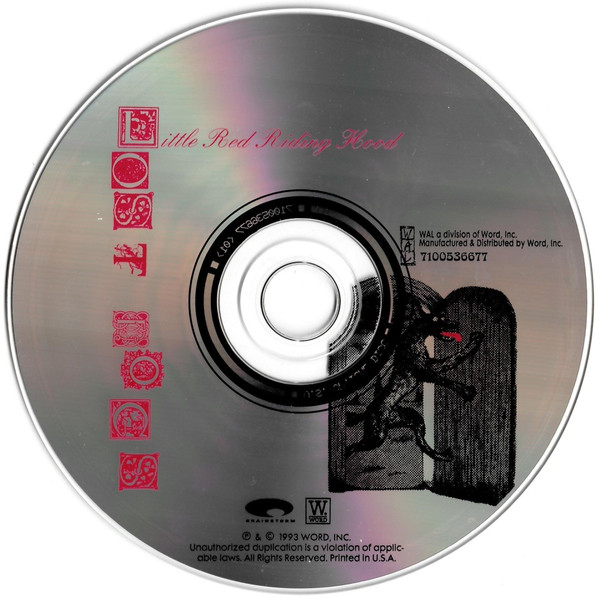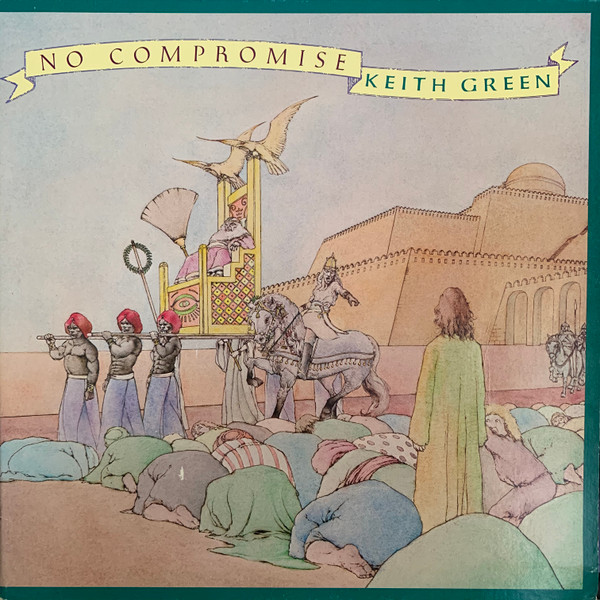
Possibly no album or album title personifies it’s creator quite like Keith Green’s, “No Compromise.” A trite slogan in the hands of many artists this phrase is the ultimate adjective qualifier for the man. As uncomfortable his words and music may have been for many, it was never a feeling that he was pointing a finger without also pointing it at himself. But this is a review of great albums, not great men or personalities. And given the latter, the album is simply fantastic! Like the predecessor, For Him Who Has Ears To hear, No Compromise combines Elton John type funky piano driven tunes and soaring and emotional ballads. Lyrically things are similar as well with a combination of rebuking and exhortive, prophetic declarations mixed with repentant and confessional compositions. There’s even another song about the Devil! It may be simply perception, but No Compromise seems more serious and “mellower” than many other albums from Green, especially in comparison to FHWHETH. Perhaps it just related to the fact that the most popular and memorable songs from the album are the ballads. Make My Life a Prayer, How Can They Live Without Jesus, Asleep in the Light, My Eyes Are Dry and To Obey Is Better than sacrifice all remain classics in the truest sense of the word. Asleep in the Light may go down as the most convicting song in CCM history with the line “Jesus raised from the dead…and you can’t even get out of bed!” Ouch! Two years before the release of No Compromise Tommy James (Shondells) would record “Don’t Wanna Fall Away From You” on a solo project. For years after its release the songs No Compromise contained would haunt, exhort and uplift millions.
Contributor David Lowman – https://legacyccmsgreatestalbums.wordpress.com
Tracklist
1 – Soften Your Heart – 2:48
2 – Make My Life A Prayer To You – 3:21
3 – Dear John Letter (To The Devil) – 3:20
4 – How Can They Live Without Jesus? – 3:03
5 – Asleep In The Light – 4:25
6 – My Eyes Are Dry – 1:57
7 – You! – 3:33
8 – I Don’t Wanna Fall Away From You – 3:07
9 – Stained Glass – 2:45
10 – To Obey Is Better Than Sacrifice – 3:17
11 – The Victor – 4:20
12 – Altar Call – 3:34
Credits
Acoustic Guitar – Al Perkins, Hadley Hockensmith, Jay Leach, Mike Deasy
Arranged By [Strings] – Lennart Sjöholm
Backing Vocals – Danniebelle Hall, James Felix, Keith Green, Matthew Ward
Choir – Annie Herring, Chris Beatty, Jamie Owens-Collins, Keith Green, Matthew Ward, Melody Green, Nelly Greisen, Steve Greisen, Tommy Funderburk
Congas – Lee Pastora
Electric Guitar – Hadley Hockensmith, Mike Deasy
Guitar – Hadley Hockensmith, Mike Deasy
Marimba – Mark Z. Stevens
Organ – Harlan Rogers
Piano [Fender Rhodes] – Harlan Rogers, Keith Green
Producer – Bill Maxwell, Keith Green
Recorded By – Peter Granet
Steel Guitar – Al Perkins
Tambourine – Bill Maxwell
Triangle – Lee Pastora
Companies, etc.
Copyright © – Sparrow Records, Inc.
Phonographic Copyright ℗ – Sparrow Records, Inc.
Recorded At – Sound Castle Recorders, Los Angeles
Recorded At – MCA Whitney Recording Studios
Mixed At – MCA Whitney Recording Studios
Mastered At – The Mastering Lab
Published By – Ears To Hear Music
Published By – April Music
Published By – Lexicon Music
Lacquer Cut At – The Mastering Lab

